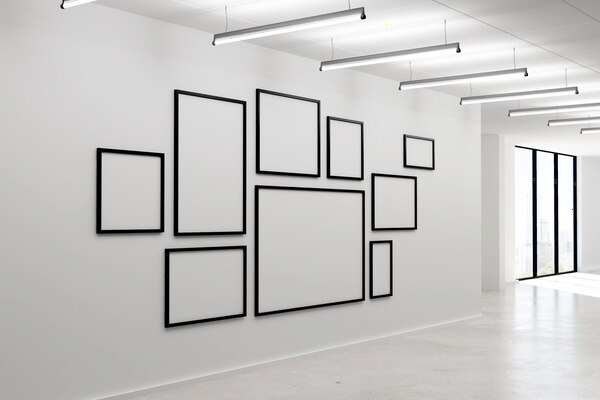The Evolution of Modern Sculpture
Modern sculpture has undergone a fascinating journey of evolution, transforming from traditional forms and materials into a diverse array of styles and expressions. This evolution reflects broader cultural, technological, and philosophical shifts that have occurred over the past century and a half. Exploring the trajectory of modern sculpture offers a glimpse into the changing nature of art and its role in society.
The roots of modern sculpture can be traced back to the late 19th and early 20th centuries, a time when artists began to challenge classical norms. Pioneers such as Auguste Rodin played a crucial role in this transition, moving away from the idealized forms of neoclassicism and towards naturalism and emotional expression. Rodin’s works, characterized by dynamic surfaces and a focus on human emotion, set the stage for future developments.
The early 20th century saw radical experimentation, fueled by the wave of avant-garde movements that sought to break from the past and capture the essence of a rapidly changing world. Cubism, introduced by Pablo Picasso and Georges Braque, deconstructed traditional perspectives, offering a new way to perceive space and form. Sculptors like Alexander Archipenko adopted these ideas, creating fragmented figures that reflected the complexity of modern life.

As the century progressed, the influence of technology and industrial materials became increasingly prominent. Constructivism, emerging in Russia in the 1920s, embraced materials like steel and glass to create works that intersected art and engineering. Artists like Naum Gabo and Vladimir Tatlin viewed sculpture not just as static form, but as a reflection of modern industrial society, emphasizing function and movement.
The mid-20th century saw abstract expressionism and minimalism further push the boundaries of sculpture. Abstract sculptors, such as David Smith and Henry Moore, focused on the intrinsic qualities of materials, exploring texture, shape, and space in innovative ways. Minimalism, characterized by artists like Donald Judd and Carl Andre, stripped sculpture down to its essential elements, challenging viewers to engage with form in new, contemplative ways.
Simultaneously, the emergence of conceptual art shifted the emphasis from object to idea. Artists like Joseph Beuys and Marcel Duchamp challenged traditional notions of sculpture by prioritizing the conceptual over the material, leading to the rise of installation art where the environment itself became part of the artistic message.
In recent decades, modern sculpture has continued to evolve, boasting a global and diverse array of voices and influences. The advent of digital technology and new materials has expanded possibilities even further. Contemporary artists like Anish Kapoor and Jeff Koons use advanced techniques to create works that are as much about spectacle and sensation as they are about substance.
Environmental consciousness and social issues have also become central themes, with artists like Olafur Eliasson and Ai Weiwei using their work to address climate change, human rights, and other pressing global concerns. This shift underscores the role of sculpture as not just a form of artistic expression, but also a platform for dialogue and change.
The evolution of modern sculpture is a testament to the ever-changing landscape of art, as it responds to and reflects the complexities of the world around us. From its classical roots to the avant-garde experiments and beyond, modern sculpture continues to be a dynamic and influential form of expression, constantly reinventing itself in response to new challenges and opportunities. Its journey is a reminder of art's power to transcend time, culture, and convention in the pursuit of truth and beauty.